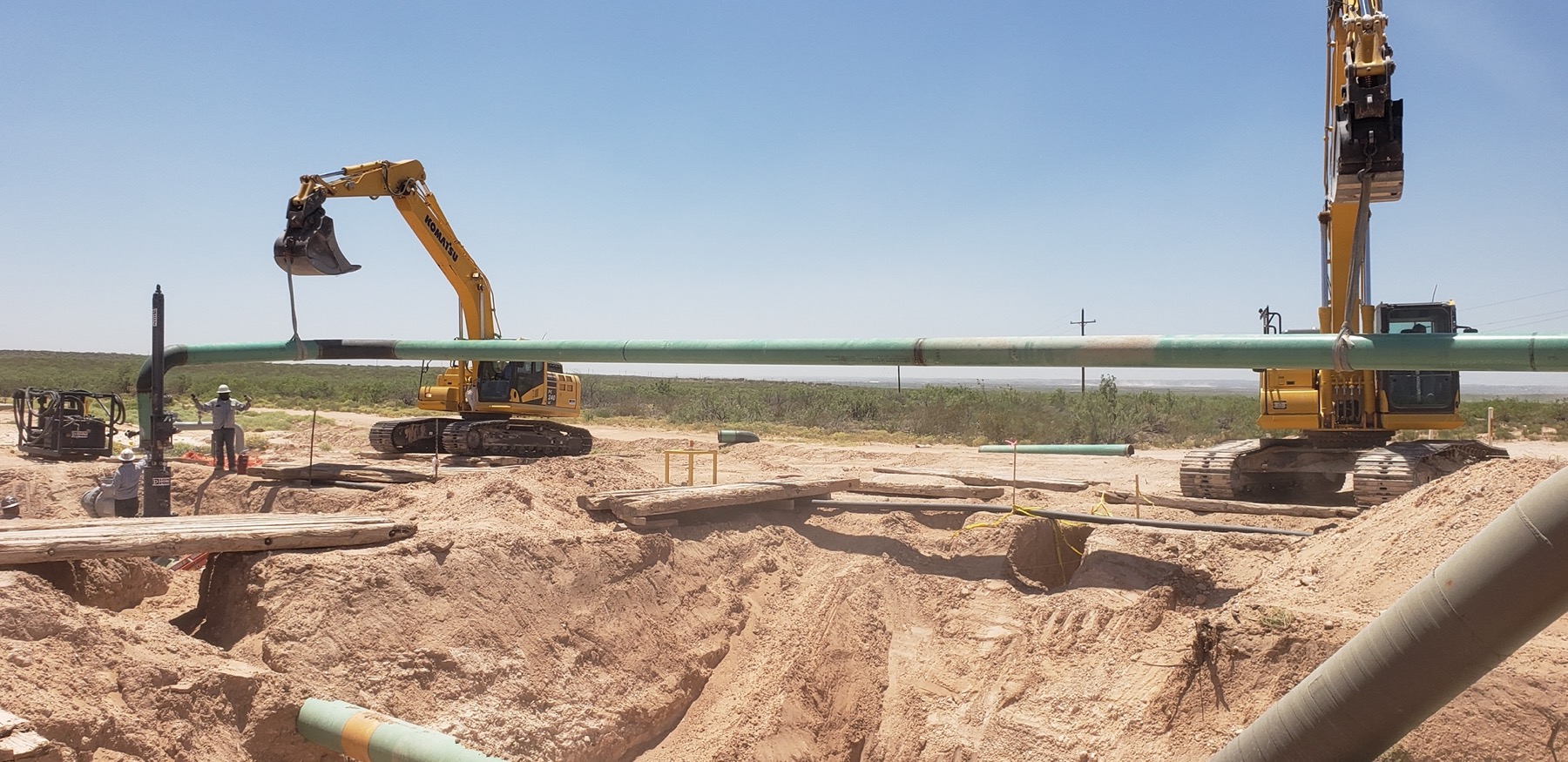
Plugging Methods For In-Service Pipelines
Pipelines, over decades, have established themselves as the transportation of choice to offer a safe, reliable way to transport a multitude of products. The reliance we place on pipelines as a transportation system has also accentuated the uptime requirement for these pipeline systems.
However, like anything mechanical, there are times when even the most reliable machine has to be serviced and maintained thus taken out of pservice for much needed, or even critical maintenance or repairs. The same with pipelines. When you take a pipeline out of service for any length of time, there are consumers and producers (sellers) who bear the financial impact and the inconvenience of it all.
Plugging a section of the pipeline, to isolate a particular section, is a way to shorten the downtime of the overall pipeline and also shortening the recommissioning time significantly.
Turning the pipeline off
The most basic method is probably by merely turning the pipeline off, vent or drain the contents and then effect the required modification or repair, and after this is complete, re-commission and continue to use. The problem with this approach is that the downtime is long and expensive. This approach negates the whole argument of a pipeline being a reliable form of transportation.
Freeze Plugging
The second form I would look at is freeze plugging. The basic premise that this technology functions on the premise that the content within a pipeline is frozen to form a plug or two plugs at a position upstream and downstream from a location that we plan to execute work on, be it a modification or repair. There are even gel plugs available for use on pipe freezing applications on a gas pipeline.
Freezing is a non-intrusive method to create a frozen plug inside the pipeline, stopping the flow of a particular product is in the line, with some, fundamental criteria; the contents must have the ability to freeze, the line must be full of that product, and there must be zero flow through the pipeline.
Start by placing a jacket or rather a cryogenic heat exchanger around the pipe location where the freeze plug is required. Liquid nitrogen is commonly used and is circulated within this jacket to cool the pipe and its contents down, sufficiently, to freeze the contents in the pipeline.
This technology has made advances throughout the years, and it is not uncommon to see these freeze plugs used in hydrotesting activities that may see freeze plugs withstand pressures beyond 3,000 psi. It is also interesting to note that almost any type of pipe material can be subjected to this method of isolation, assuming adherence to specific parameters and precautions taken.
Bagstop System
The third method is an inflatable bag inserted into the pipeline. We focus on the method to insert an inflatable system into a pipeline under pressure. Many moons ago, Iris equipment allowed the installation of a bag together with a device, that, when deployed inside the pipeline through a tapped hole, would open up like a daisy and the bag would locate against this device, which would support the bag and prevent it from moving.
Well, that was the theory. Iris is no longer in use today, but there are some effective systems available for this application. Start by tapping a hole into the pipeline; the size of the folded gas bag determines the size of the tapped hole. The prevailing conditions inside the pipeline determines the bag length by considering the contact surface area required of an inflated bag, to overcome the force exerted by the column of water it is trying to hold back; in other words, the friction the bag exerts must overcome the force of the water column trying to push it down the line. The bags are limited in terms of pressure application but offer a very economical option for isolating pipelines; probably better suited to water and wastewater. The bags are made from a durable material outer, like ballistic nylon, with an inflatable inner bladder.
A housing contains the bags (either one single bag or two bags in some cases), the bags are placed in position with a simple mechanically operated cylinder through the hot tapped hole. A nosewheel forms part of some gas bags for ease of installation. This nose wheel makes contact with the bottom of the pipe wall, causing it to deflect almost 90-degrees, to sit neatly inside the pipe, ready to be inflated and isolate the pipeline. This system comes into its own on larger pipe diameters with pressures below 100 psi as a standard off the shelf option, but a more bespoke version would probably handle slightly higher pressures.
Valve Insertion
The next method for isolation is also one of those simple yet effective ways that are impressive in its simplicity; valve insertion. There are a few options to choose from; one type requires hot tapping the pipeline section through a bolted fitting and the other, milling a slot through the pipe wall for the gate to fit through and enter the pipe.
Maximum application pressure is in the order of 250 psi, and as far as I am aware of, hydrocarbon application of these valves is currently not on offer. A multitude of pipe materials is suited for use, such as uPVC, HPDP, DI, AC & CS and sizes of 12″ and below it takes one technician just under an hour to complete the installation, which is also one of the positive features of this technology.